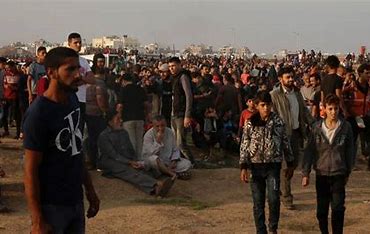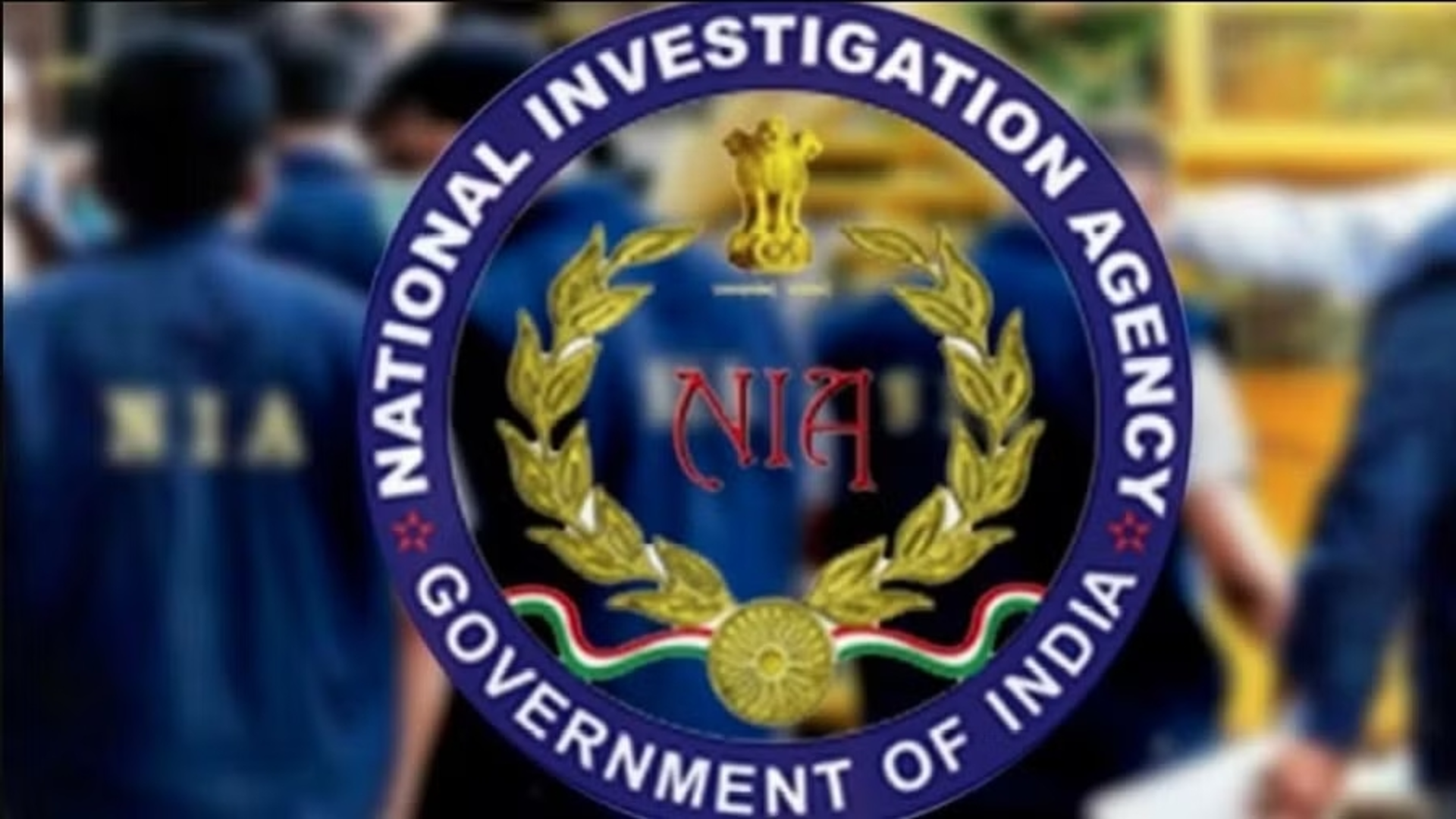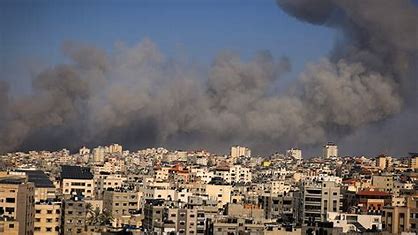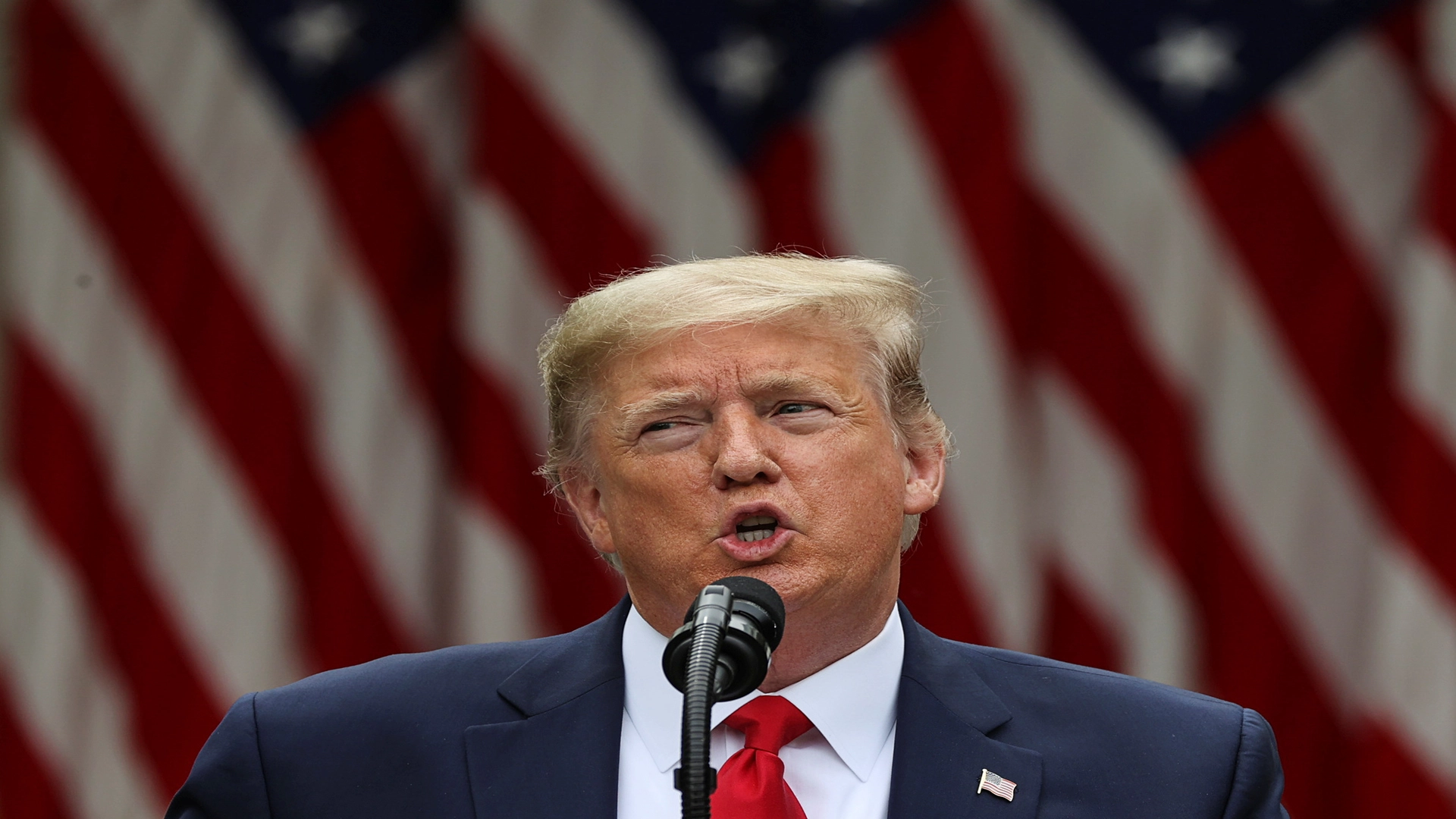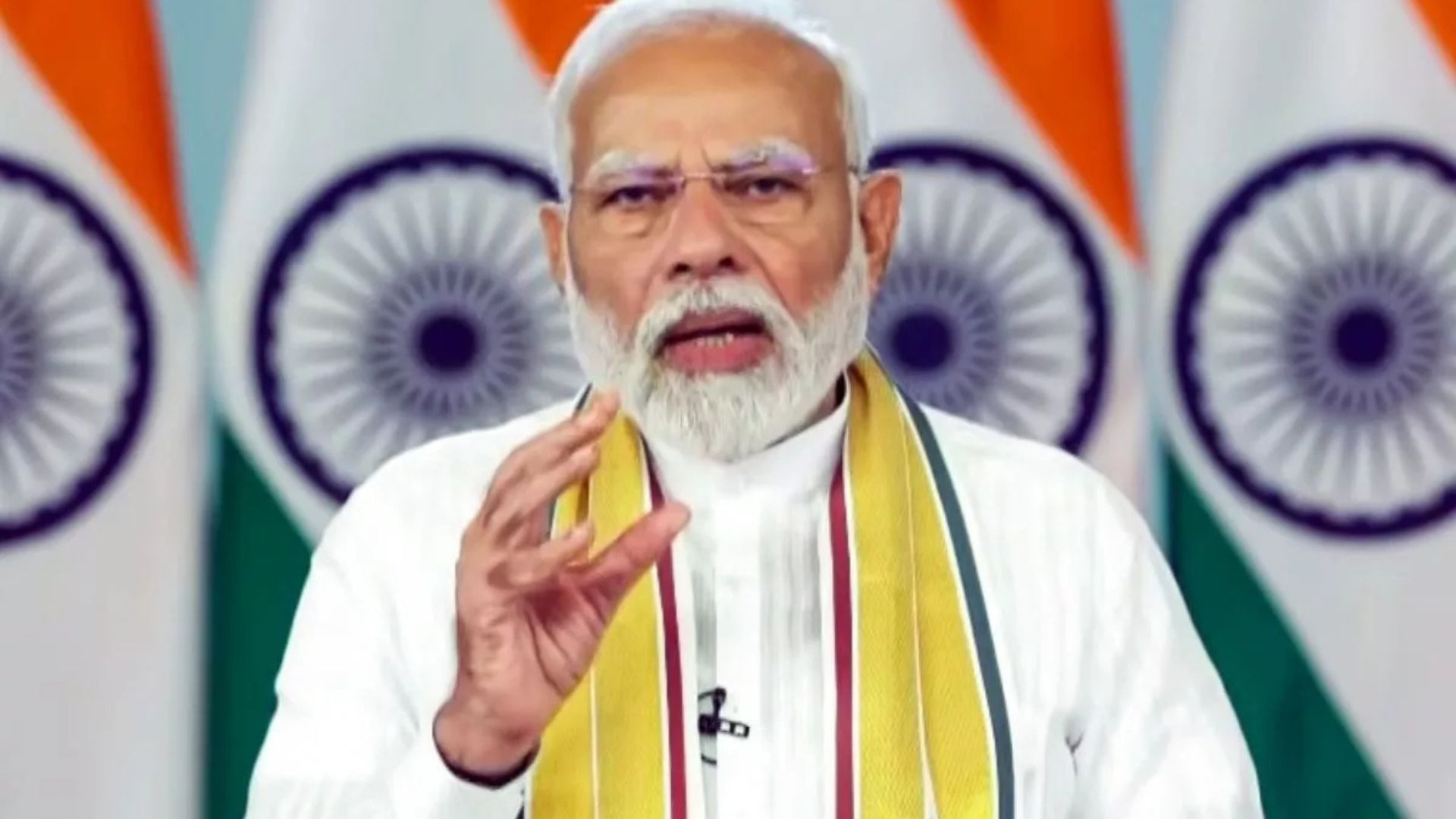
ISIS operative Shehnawaz, captured by Delhi Police, has revealed unsettling information about his intentions to carry out a “26/11-like terror attack” in India. He confessed to conducting test blasts in five locations: Nuh, Mewat, Delhi, Lucknow, and Rudraprayag. Shehnawaz had also conducted reconnaissance on 15 premises affiliated with Hindu organizations, including the RSS, in Ahmedabad, Surat, and Baroda, expressing his intent to target right-wing entities and leaders.
Originally from Delhi and an NIT Nagpur engineering graduate, Shehnawaz’s radicalization began after attending Dars, where he met Rizwan. He learned how to make IEDs and established contact with a foreign handler in 2019-20. This handler aided Shehnawaz and Rizwan in learning IED production through online classes.
The duo not only performed test runs of explosives but also identified hideouts and potential targets. Their handler instructed Shehnawaz to relocate to Pune, where two individuals arrested in Chittorgarh were stationed. Both groups received training in IED and explosive manufacturing and maintained regular contact. When the Pune group was exposed, Shehnawaz and Rizwan fled to Delhi, establishing Shehnawaz as the link between the Delhi and Pune ISIS modules.
Shehnawaz, a skilled terrorist, conducted reconnaissance across North India, searching for locations to establish training camps for recruits. He also surveyed locations that were to be attacked during the festive season. His expertise in making improvised explosive devices (IEDs) was evident when incriminating documents and IED-making chemicals were discovered in his residence.
Motivated by perceived “atrocities against Muslims,” the group advocated for violence against “Kafirs” and was in contact with Indian Mujahideen. They aimed to target Hindu leaders and Jews in public places. Pakistan-based handlers might be linked to the group, but this connection is under investigation. The Pune ISIS case investigation has exposed a merging of SIMI-Indian Mujahideen and ISIS, combining terror outfits Indian Mujahideen and SIMI with ISIS members. Direct connections between Hazaribagh, UP, Maharashtra, and Shahnawaz have emerged as crucial elements in this terror plot. If not for the uncovering of this terror conspiracy, the merged groups could have inflicted significant harm. They are skilled terrorists trained in IT, cyber warfare, and explosives. Notably, ideological differences among terror outfits have faded, and they are uniting under one umbrella. The involvement of a foreign handler, likely situated in Iraq or Syria, is another key aspect of the investigation, as is the funding, following an ISIS-style pattern. The ISIS Pune module, as revealed during interrogations, aimed to execute a larger attack than 26/11, targeting locations that would cause maximum casualties and create a visual impact. Among their surveyed targets in Mumbai were Chabad House, the Naval Helipad near Colaba’s slum area, major temples with high foot traffic, and crucial hydraulic projects vital for the nation’s development. Data on their laptop suggests research on VIP movements. Authorities believe the arrests were made at an early stage, preventing a potentially devastating attack.
